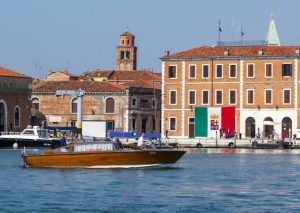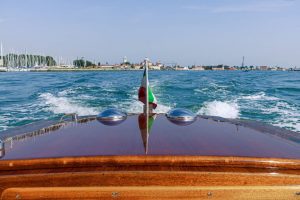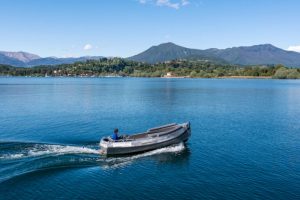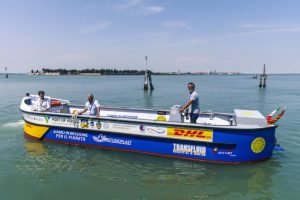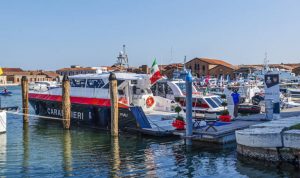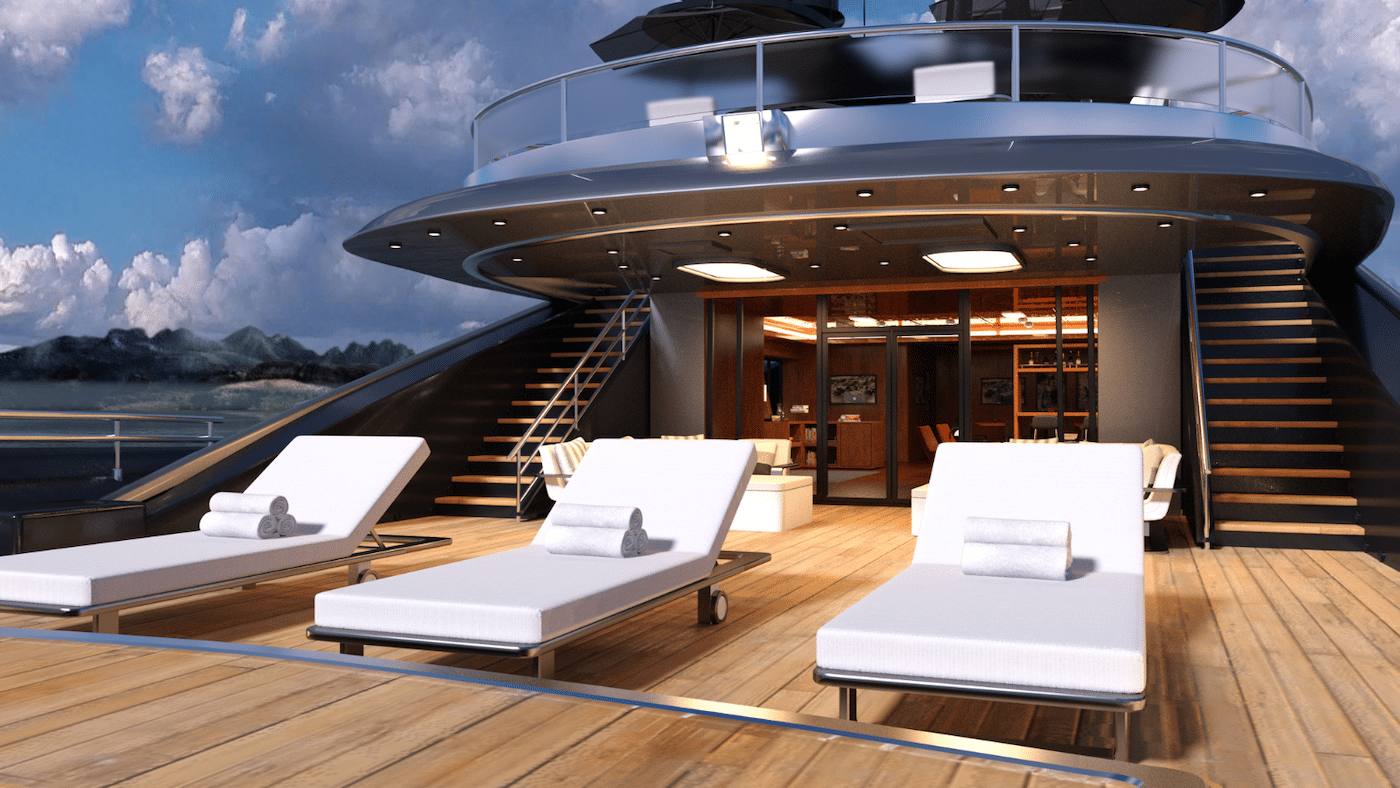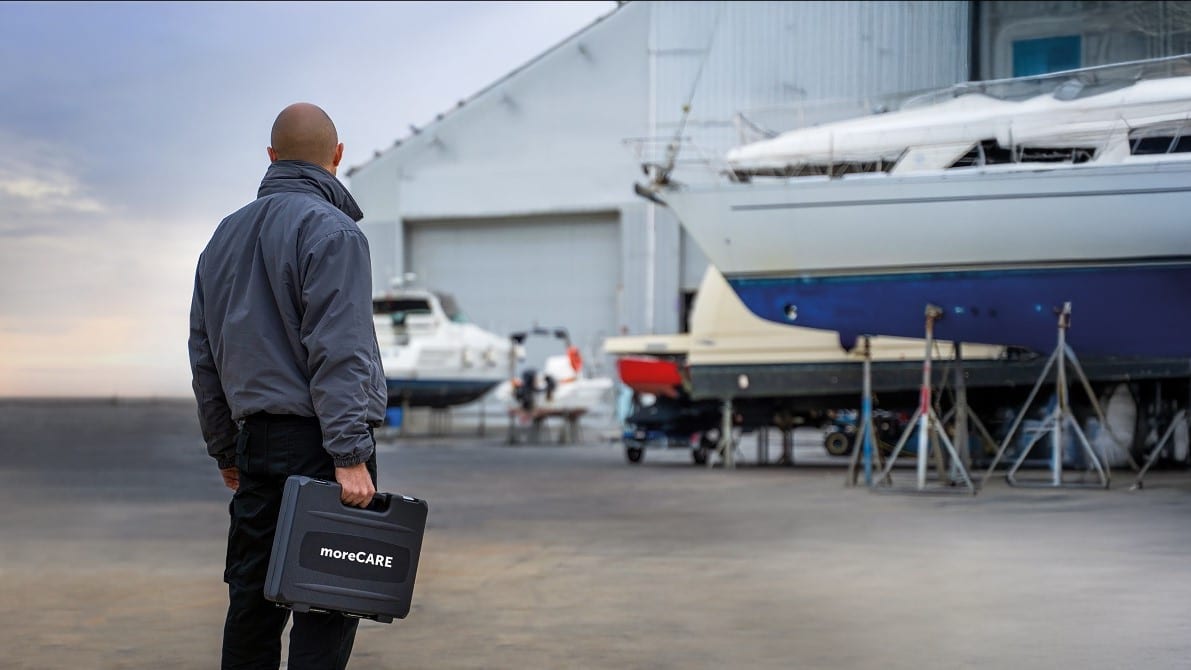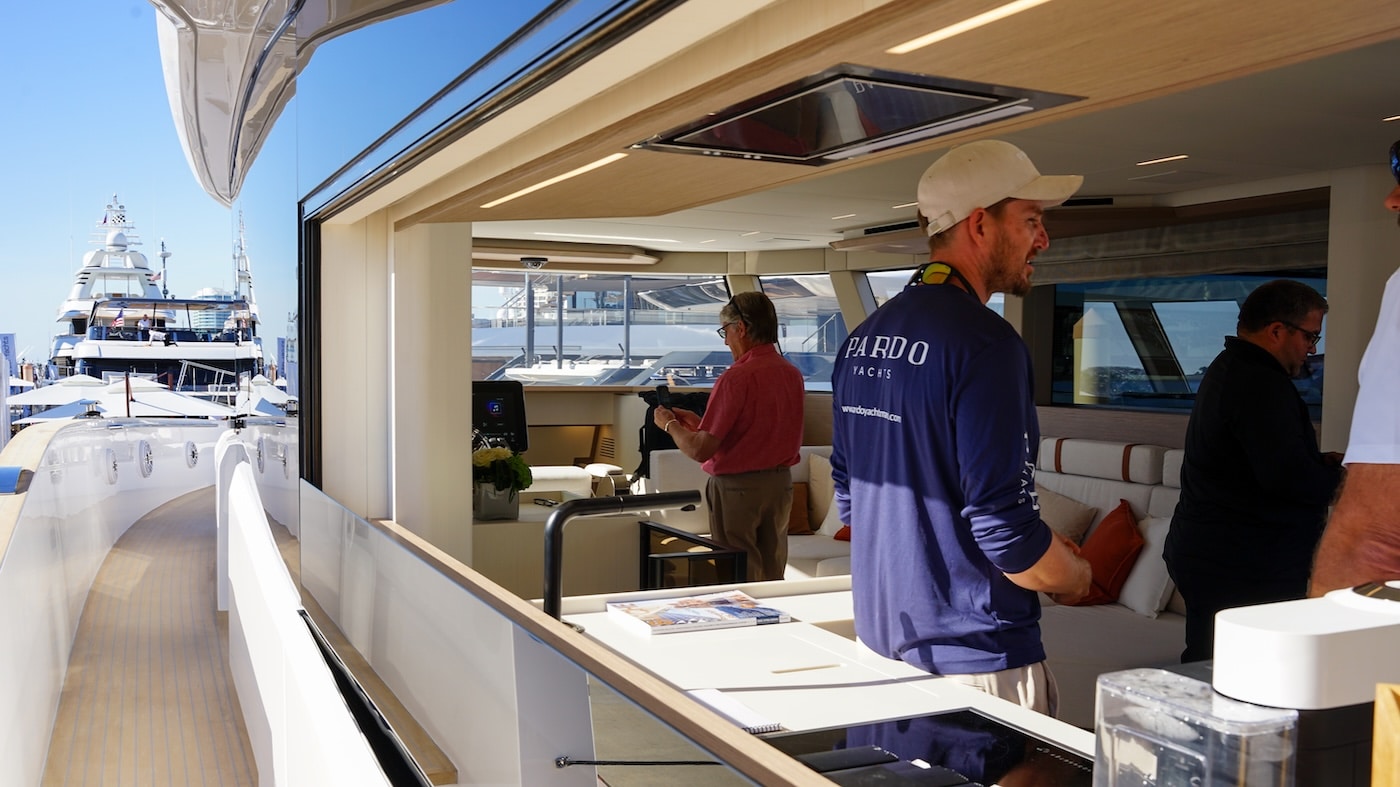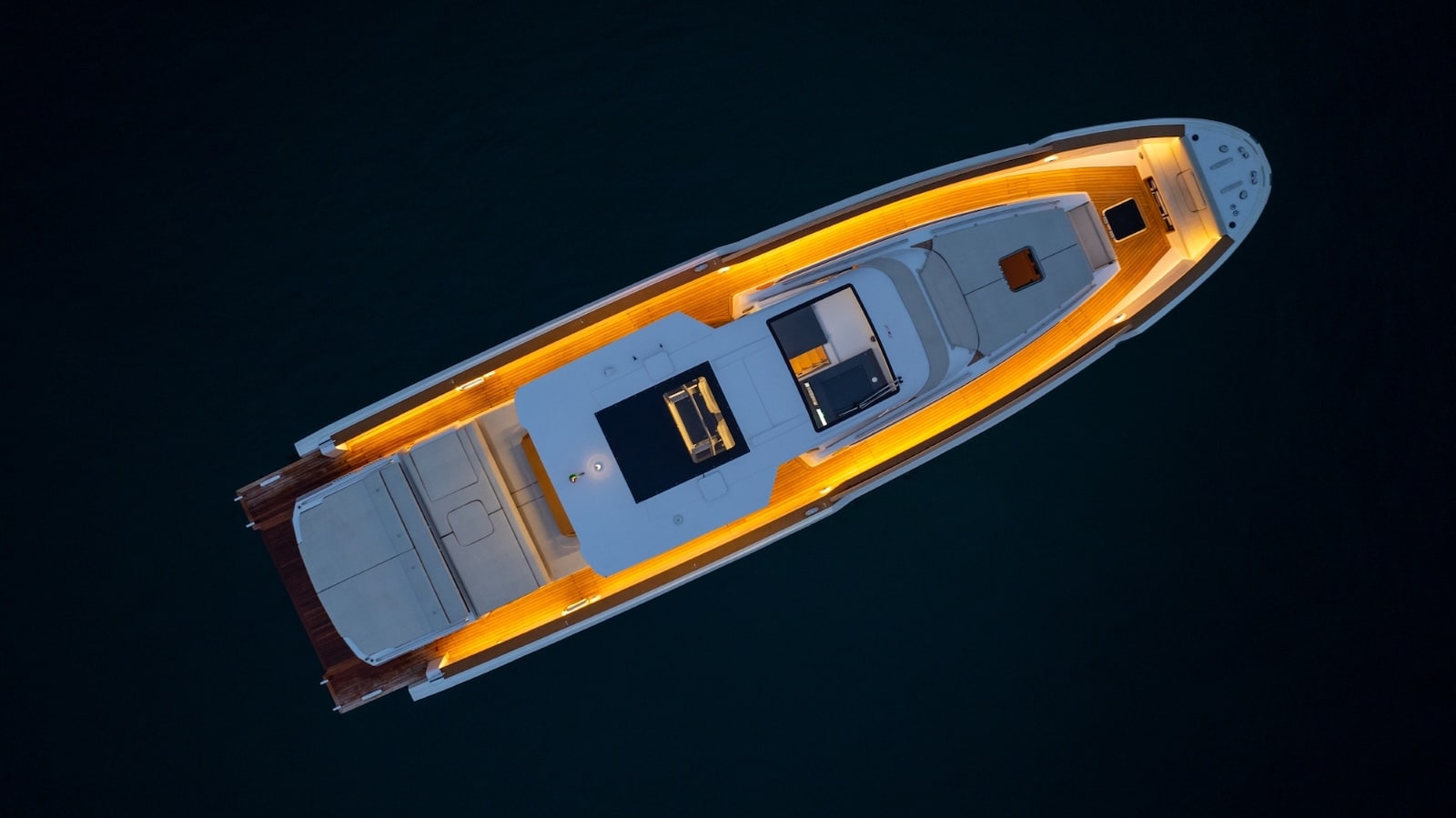At the Venice Boat Show, Transfluid presents the new EM375 electric motor
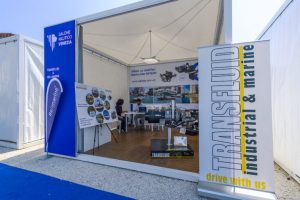
Silent, affordable and eco-friendly, it’s the electric motor of the future! We’re talking about the new Transfluid EM375 260 kW (actually 200 continuous and 260 peak at 2,300 rpm) designed to be combined with existing marine transmissions to be coupled to azimuth drive or inverters. Transfluid, an Italian company based in Gallarate specialising in industrial and marine transmissions, has always been dedicated to marine electric propulsion and today presents this new gem in Venice.
Its use for tourist and work boats is arousing interest and it will be in production by the end of the year, a novelty that fills a still existing gap in the market of electric motors. The type of motor is three-phase permanent magnet synchronous motor (PMSM Permanent Magnet Synchronous Machine), fully reversible with 97% efficiency, limited weight and dimensions.
The water cooling system with heat exchanger allows higher continuous power output. As a result, you can replace your 350HP engine with this electric one which, like marine engines of this size, runs at 2,300 rpm, compatible with all the inverters already fitted. Costs are in line with those of endothermic counterparts, plus the cost of the batteries, which are an initial investment that will be amortised over time. But there are several pros: lower fuel costs, zero maintenance and silent operation.
These electric systems are modular, so the advantage is that, as the technology advances in the future, when the batteries are at the end of their life, with the same weight and size as today you can have greater autonomy tomorrow or halve the weight to embark, for example, more passengers on your boat.
Furthermore, regulations change over time, so if you need to comply with Stage V standards (the new step in emissions legislations according to European Regulation 2016/1628) you would have to replace the diesel engine entirely. Alternatively, it may be a good idea to acquire a few batteries today and keep them in back-up with a generator that can be landed tomorrow as technology evolves. Comparing weights, dimensions and costs between traditional endothermic and electric systems, you can see a substantial parity between them, which are therefore highly compatible and interchangeable. Hybrid systems, on the other hand, involve fitting electric motors between the inverter and the diesel engine.
The recommended batteries, of course, are always Transfluid-branded, the only ones with globally recognized DNV-GL certification, in compliance with the safety requirements set by EU directives and required by legislation.
Moreover, Transfluid batteries are tested, safe and fireproof: even when pierced through, the damaged cells heat up, swell and release gas but since they do not catch fire, the damage does not spread to the healthy cells, and they heat up and cool down very slowly.
Although technology in the marine sector is making great strides, it is at least 5 years behind the automotive world. This is due to the extremely aggressive marine environment, which requires materials, electrical connections and electronic circuitry that are more resistant to oxidation
In short, guaranteeing a safe and eco-friendly navigation with the new Transfluid EM375 electric engine is a certainty for the future.

